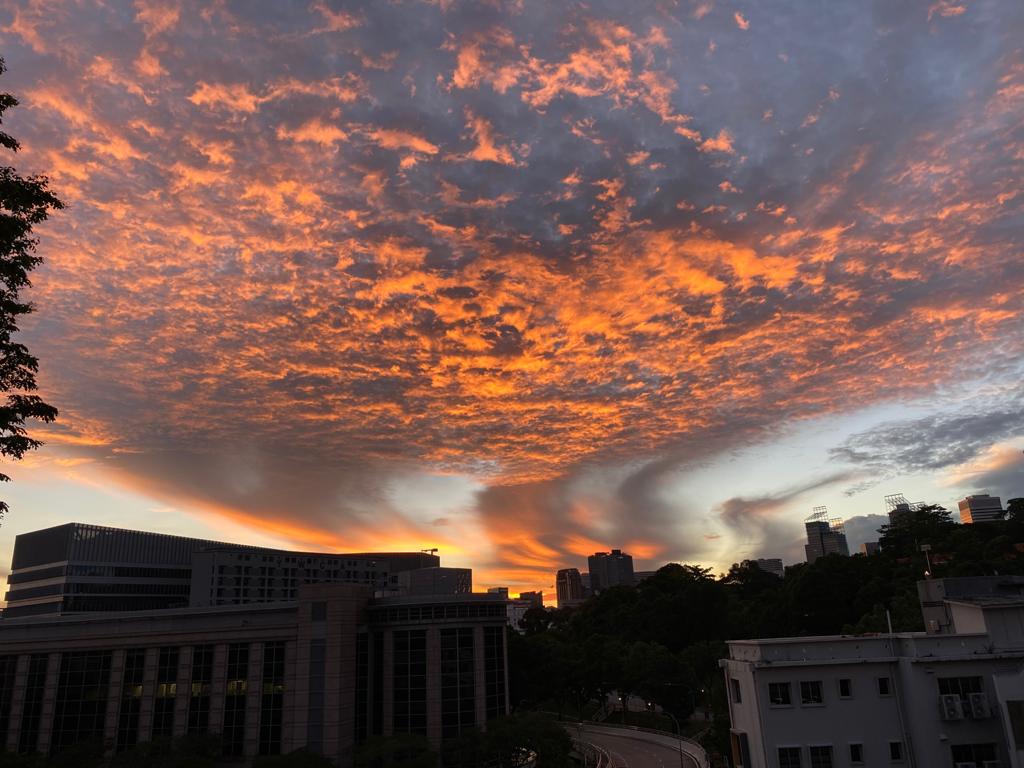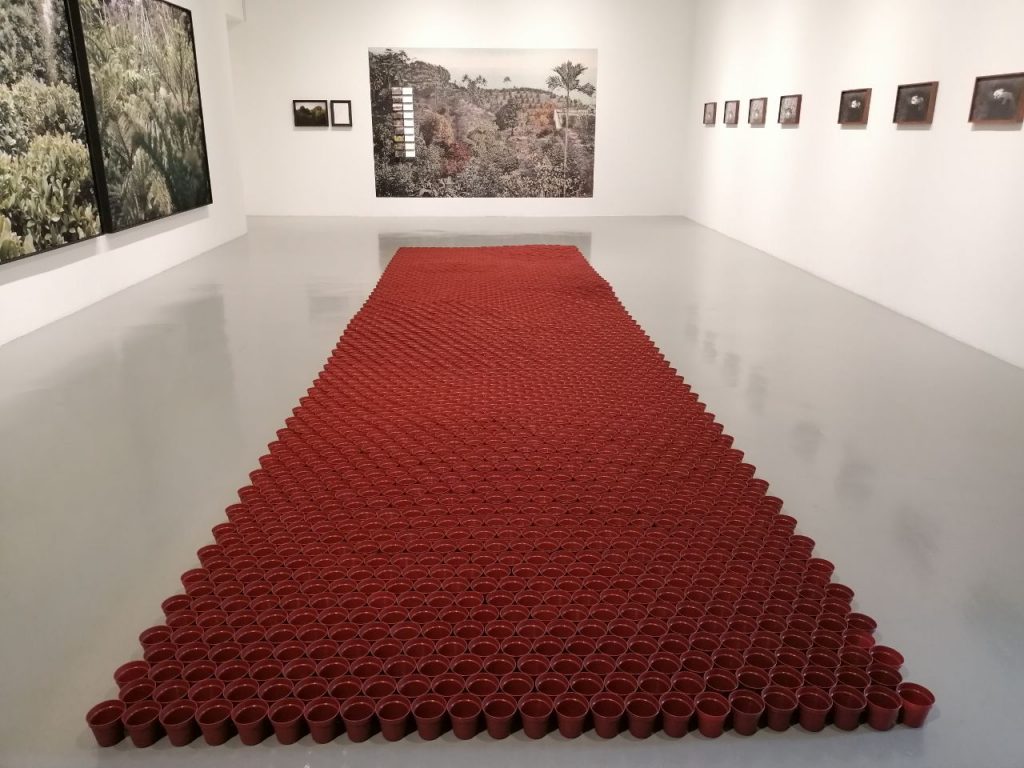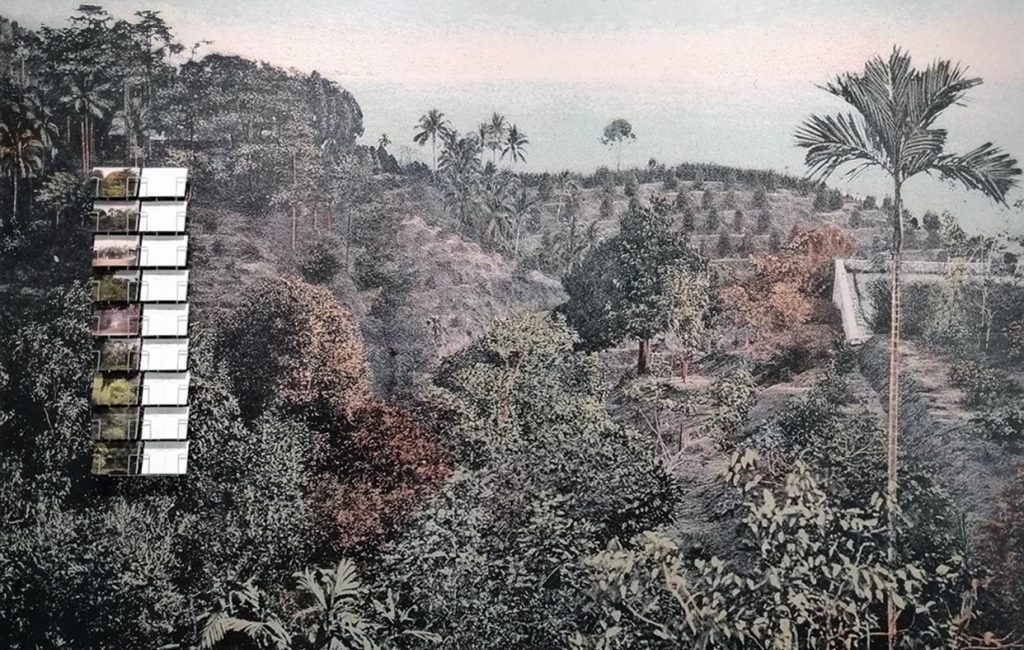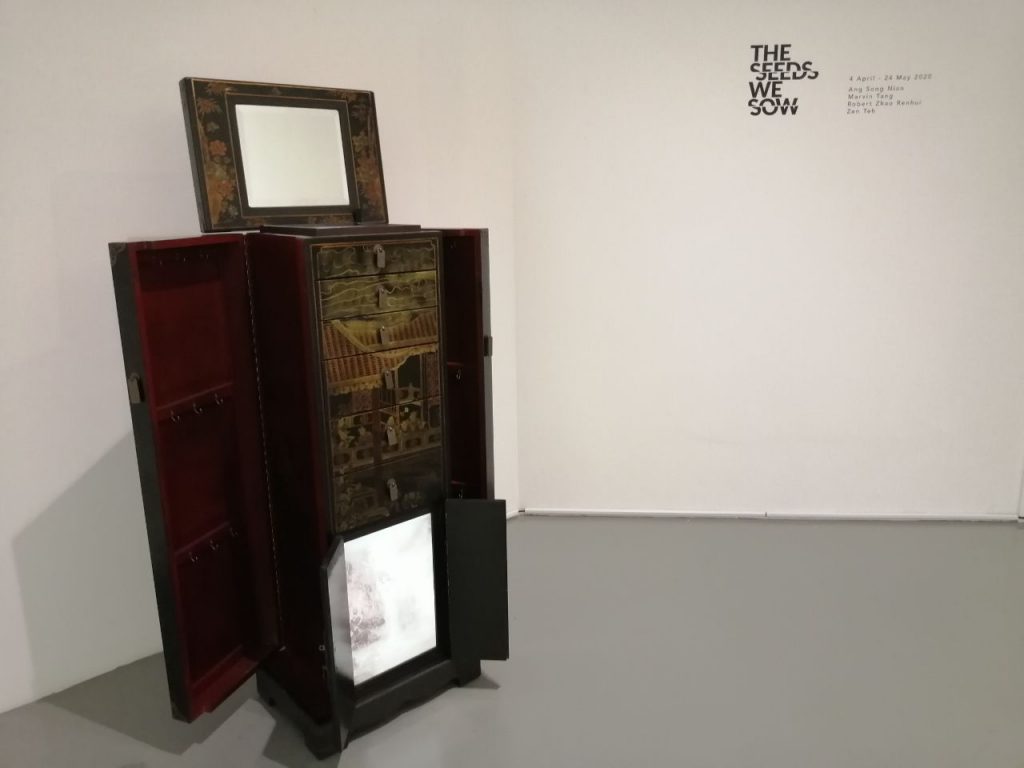Dear eco-warriors, thank you for your beautiful designs in the inaugural Endangered Species Kids Poster Design Contest.
At Cicada Tree Eco-Place, we believe that nature and culture are intertwined and people must play an active role in conserving the natural world.
Thank you for loving nature and please continue sharing this passion and knowledge with as many friends – together, we can make a difference!
Our team truly enjoyed viewing your creations, and we applaud all your efforts! After careful deliberation, we are happy to announce the winners:
Age 9-11yrs Category
Top 3 winners will receive a one-year free family membership at Nature Society (Singapore) worth $75 and a book prize. We will get in touch shortly on how you will receive your prize!

Han Jia Qian, 11, Keming Primary School
“I chose this vulnerable animal as it is rare and unique to Singapore. Their homes were destroyed to make space for houses and MRTs. We should build more rope bridges to help them cross our roads. “

Juliette Eve Phang, 11, Hong Wen School
“I hope this heartwarming image will appeal to people
and let them know that anyone and everyone can play a
part in saving this beautiful animal so it does not join
the list of extinct animals and disappear forever.”

Aryn Tan, 11, Henry Park Primary School
“I drew an excavator cutting down trees to show how
their homes are being destroyed by human beings.”
Age 6-8yrs Category
Top 3 winners will receive a $50 book voucher and a book prize. We will get in touch shortly on how you will receive your prize!

Aashvi Muraka, 6, Montessori for Children
“Aashvi often hugs trees, saying they are lonely
as they stand alone throughout the night and day.
We wanted to emphasise that without plants,
there is no life and without life there is no ‘us’.”

Amaira Sharma, 8, Invictus International School
“This woodpecker pecks on dead trees.
I think it is very clever as it should be home
to many kinds of tasty delicious bugs.
Every living thing deserves a chance no
matter how big or small it is.”

Jayna Tan Zi Ning, 8 CHIJ Toa Payoh Primary School
“We need to protect endangered animals and plants because it is important for humans.
A well-balanced ecosystem purifies the environment, giving us clean air to breathe,
a healthy water system to support diverse marine life and arable land
for agricultural production. When ecosystems fail, our own health is at risk.”
Commendable
To thank you for participating and encourage more young eco-warriors, these commendable entries will be awarded a book prize as well. We will get in touch shortly on how you will receive your prize!
Keep up the good work and continue learning about the natural world and Singapore’s precious native wildlife!
View the entries below (click to enlarge):

Anthony Oshige, 9, Saint Anthony’s Primary School 
Jane Tan, 10, Qifa Primary School 
Meranda Chee, 9, Haig Girls School 
Ruyah Ji Lin’en, 9, CHIJ Our Queen of Peace 
River Sim Jhan Yi, 10, Punggol Cove Primary School 
Binnie Chan, 10, Kuo Chuan Presbyterian Primary School















